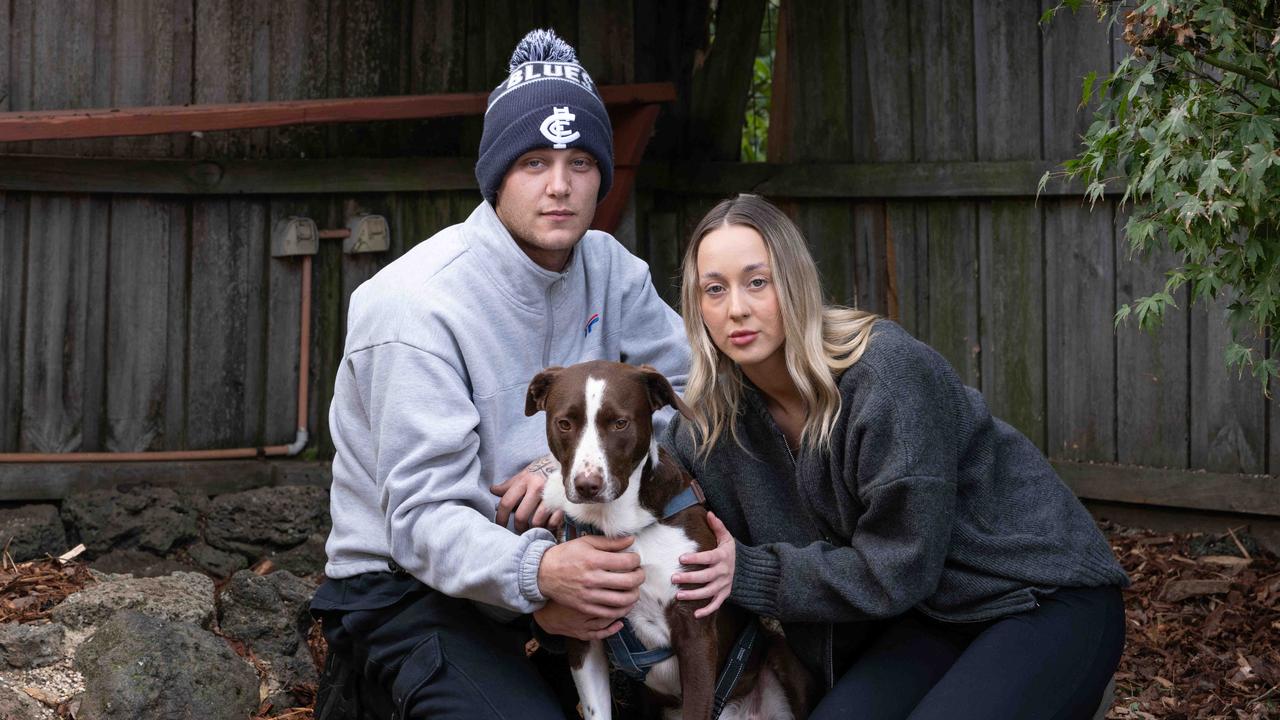‘Worst we’ve ever seen’: Farmers fear drought will be worst in living memory
Severe drought conditions have been marching east, turning thousands of kilometres of lush fields between Colac and Geelong virtually to dust. We speak to those on the front line.
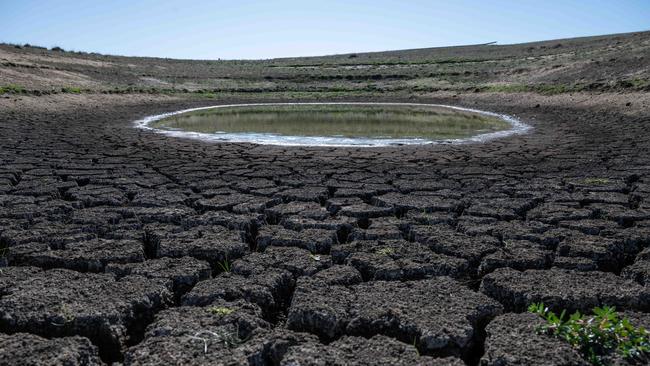
Geelong
Don't miss out on the headlines from Geelong. Followed categories will be added to My News.
Will Richardson has been a stock agent for nearly four decades, working for the family business that was established in 1886.
Driving around the pastoral plains of southwest Victoria, he has a pit in his stomach that he has never felt before.
Drought is here and death is in the air.
“I just passed a paddock and there were dead cows … and as soon as it gets cold, there will be dead cattle everywhere,” Mr Richardson said.
“It’s looking absolutely disastrous; these are unprecedented times.”
It isn’t just the animals struggling either.
Consistently hot weather and rising production costs have placed an enormous amount of stress on farmers, and for some, it is already too much to bear.
“There’s been a person already commit suicide over it and there’s going to be more,” Mr Richardson said.
“I can hardly sleep at night.”
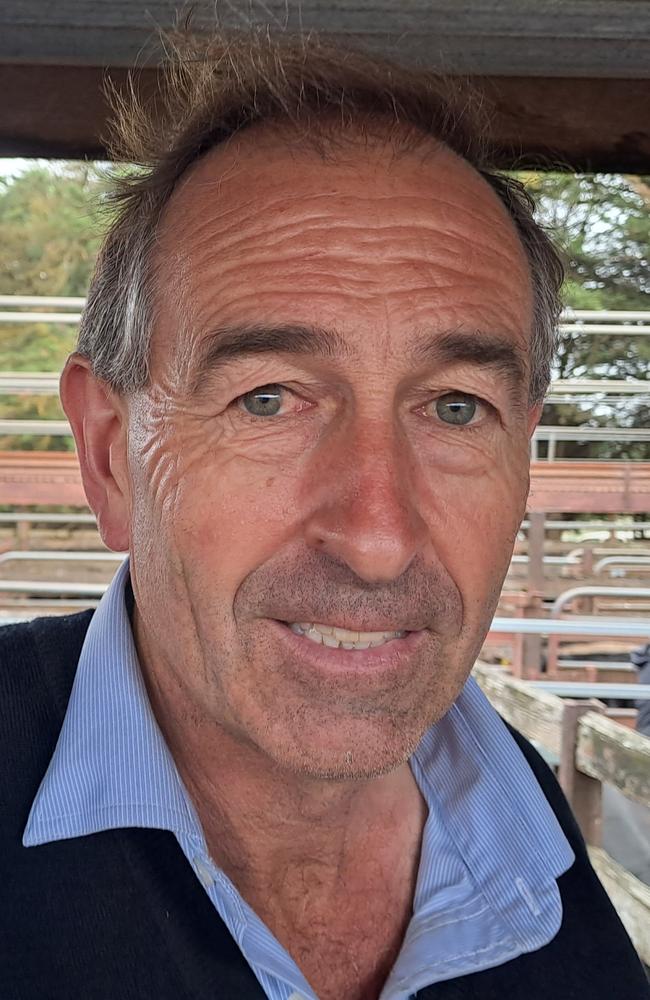
Severe drought conditions that started in South Australia in early 2023 have been marching east, turning thousands of kilometres of lush fields between Colac and Geelong virtually to dust.
Mr Richardson said many locals believed this drought would likely be the harshest in living memory.
“The old-timers around Colac all talk about the ’67 drought and they are saying this is worse,” he said.
“It’s the worst I’ve seen because it’s been brewing for two years … we’ve missed two autumns and two springs.”
In May 2023, the six dams managed by Barwon Water held 73 billion litres of water from a total capacity of 95 billion litres.
By May the following year that number dropped to 59 billion and now those reserves have plummeted to 35 billion litres – marking a six-year low for the region.
The shortages aren’t limited to the area’s major water storages either.
From Apollo Bay to Little River and Colac to Queenscliff, many farmers have watched dams dry out completely.
Victorian Farmers Federation Bellarine branch secretary Fiona Conroy has seen the first-hand effects of the lack of rainfall over the past two years.
“You get run-off in spring and we didn’t have a super wet spring so a lot of people haven’t had their dams topped up going into summer,” she said.
“There will be a real challenge because even if it rains tomorrow … it’s going to be a while before we get run-off into those dams … and we’ve still got to wait for the grass to grow.”
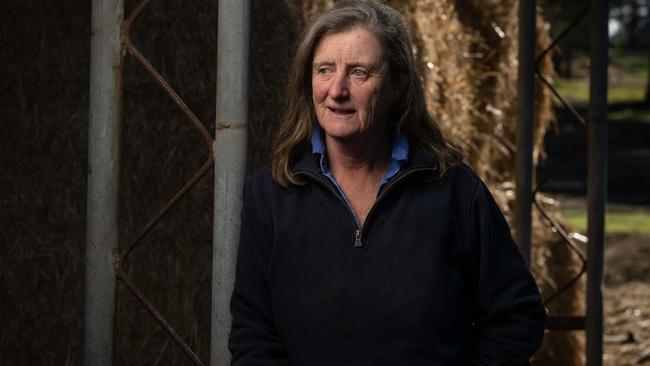
As a result, many primary producers had already cut their losses, Ms Conroy said.
“If I can’t get water, I’ve got to get rid of a stock … so a lot of people have sold stock or even totally destocked their property if they have run out of water,” she said.
With 2024 the region’s fifth driest year since 1900, Ms Conroy is concerned there is no respite in sight based on recent patterns.
“It’s really hard to make comparisons at this stage but … looking at what’s happening in South Australia and western Victoria, they’re some of the worst conditions on record now,” she said.
“It’s going to carry on into spring later in the year, which I think everybody’s a little bit nervous about so I’m not sure if we’ve actually seen the worst of it yet.”
“The last time we had an issue like this was the millennium drought.”
Portarlington sheep and crop farmer Noel Vallance is also pessimistic.
“This year now is going to be the worst we’ve ever seen,” he said.
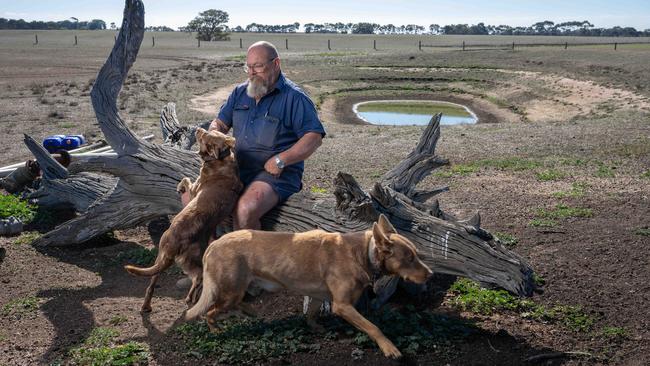
According to the weather bureau, there is an 80-100 per cent chance of unusually high temperatures in southwest Victoria between May and August this year.
That is compounded by the fact that rainfall across Victoria in April 2025 was well below average, marking one of the driest Aprils since 1900.
“I’ve got 12 dams and I’ve cleaned seven of them out … there is no water and everybody is in the same boat whether they are small or big,” Mr Vallance said.
Mr Vallance has been forced to take drastic action, carting water in – five 2200-litre tanks so far – and selling more than 1000 of his sheep.
Getting judgment calls such as those wrong can ruin a farming business quickly.
“I’ve got rid of a fair few sheep but I was lucky because the price was good on them,” Mr Vallance said.
“Now the prices are starting to fall because there are that many sheep going.
“If I put my canola in and it does rain, it pops out of the ground, but then if we don’t get any more rain, it dies off and you can’t put anything else in after.
“I’m umming and aahing which way to go at the present time … it’s hard.”
The state government added an extra $16m to a $13.5m funding package designed to support farmers across southwest Victoria this week, including those in the Greater Geelong, Colac Otway, Golden Plains, and Surf Coast areas.
The money is for farmers to buy crucial items such as water tanks, pipes, and troughs as well as build dams, stock containment areas and fodder storage.
Agriculture Minister Ros Spence said the 1500 primary producers in the region would be supported as long as “drought conditions persist”.
“I’ve heard directly from farmers about the impact drought conditions are having on our communities – we’re continuing to back them with the support they need to tackle the challenging dry conditions across the state,” she said.

But Mr Richardson said more needed to be done.
“Why can’t they give us a drought subsidy for the cartage?” he said.
“Or you could get a fodder subsidy to try and keep these cattle alive.
“I don’t think they care about the rural sector because all the votes are in town.”
Ms Conroy warned there was no easy fix coming overnight.
“Hoping for rain isn’t a plan, so people need to have plans in place and think through what their options are,” she said.
“There was a bit of a ‘line in the sand’ moment where everybody wanted an autumn break by Anzac Day and that didn’t happen … so a lot of people made the decision to offload stock.
“Agriculture is all about supply and demand and if you’re selling stock at the moment prices are still good … but everyone in Victoria who sold stock is going to be in a position where they may need to restock when it does rain so that will potentially push prices up.”
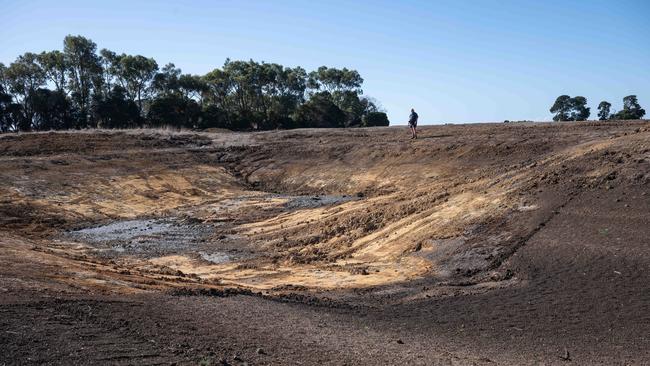
It isn’t just farmers impacted either – stage three water restrictions have been imposed on residents in Apollo Bay, Marengo, and Skenes Creek after the Otway pocket suffered its second driest year on record.
That means lawns cannot be watered, pools and spas cannot be filled, and cars cannot be washed unless absolutely necessary.
For support, call Lifeline on 13 11 14.
More Coverage
Originally published as ‘Worst we’ve ever seen’: Farmers fear drought will be worst in living memory



